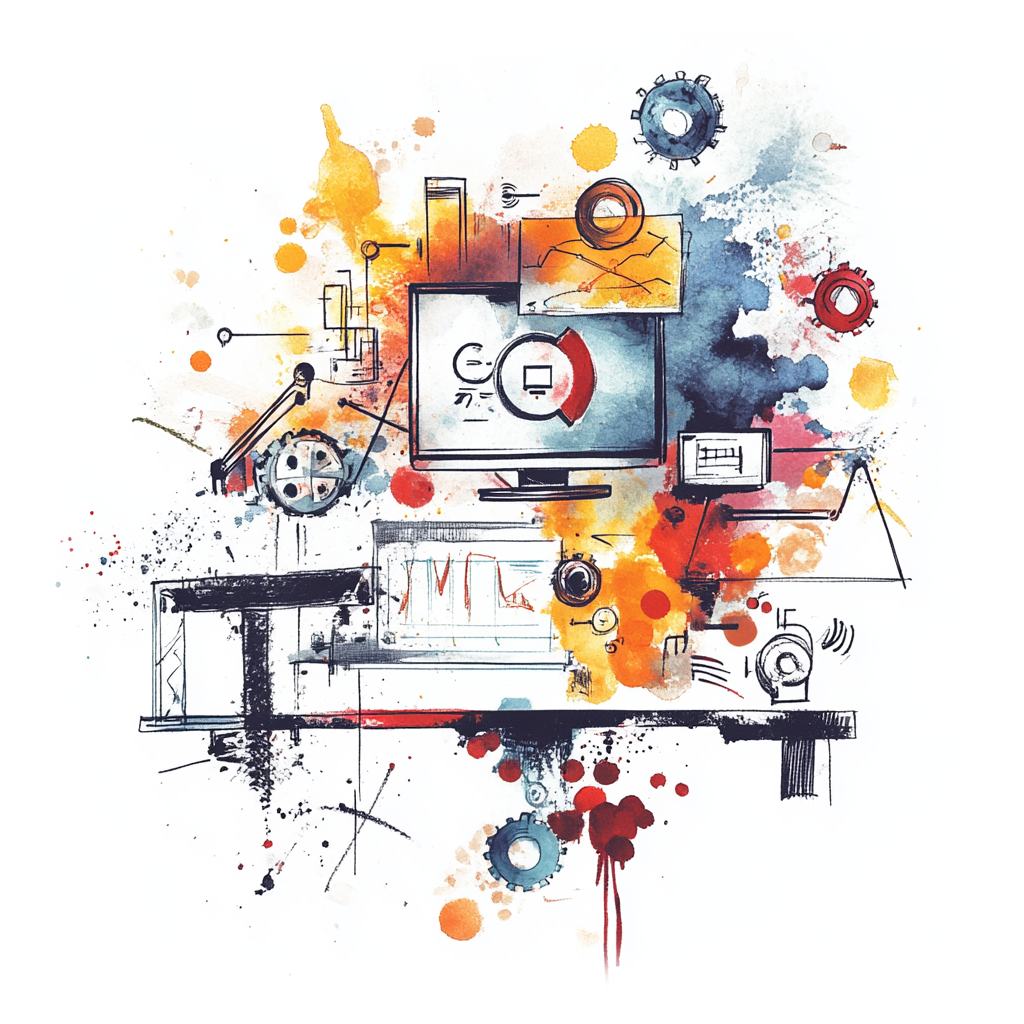Leveraging Self-Owned AI in Performing Arts
Learn how Performing Arts companies can leverage self-owned AI to enhance their operations and drive innovation.

Your Own AI: Revolutionizing Upstream Operations in the Performing Arts
The world of performing arts is dynamic and ever-evolving, with burgeoning opportunities to innovate. As upstream operators, whether you're producing theater, managing orchestras, or organizing dance companies, you are constantly seeking new ways to enhance creativity, streamline operations, and engage audiences. One such revolutionary tool that is taking center stage is the concept of having your own AI—an ArtificiaI Intelligence model specifically tailored to the needs of your organization. Imagine an intelligent assistant that understands the nuances of your industry, ready to support you in making critical decisions, enhancing creativity, and optimizing processes.
Use Cases: Where Your AI Can Excel
-
Script and Score Analysis: Scripts and musical scores are often dense with information. Imagine having an AI that can analyze these materials, offering insights into themes, character development, or even suggesting edits that could improve pacing or emotional impact. It could serve as your very own creative collaborator.
-
Audience Engagement: Leveraging your AI to analyze audience feedback from past performances can lead to better programming decisions. This sentiment analysis reveals what resonates with your audience—ultimately boosting ticket sales and customer loyalty.
-
Resource Allocation: Running a production requires juggling countless resources. Your AI can assist by predicting needs based on historical data, ensuring that actors, props, and sets are utilized efficiently. It allows you to allocate budgets and manpower where they’re needed most.
-
Marketing and Promotion: With the changing landscape of digital consumption, targeted marketing is crucial. Your AI can analyze demographic data to tailor advertising campaigns, helping you reach potential attendees with content that intrigues them.
-
Talent Scouting: Finding the right performers for your productions can be challenging. Your AI can aid in scanning applications, social media presence, and past performances, enabling quicker and more informed decisions in talent acquisition.
The Benefits of Your Own AI
Customization
The beauty of having your own AI system is that it’s designed specifically for your organization’s needs. Unlike out-of-the-box solutions, which may not see the broader context of your unique operations, your AI can be tailored to understand your company’s specific language, styles, and business challenges. It’s like fitting a bespoke suit that enhances your strengths rather than constrains them.
Security and Privacy
In an industry where intellectual property (like scripts and music) is crucial, having a self-hosted AI offers a layer of protection. Your data stays in-house, minimizing the risk of leaks or unauthorized usage to keep your innovations safe and sound.
Control
With your own AI, you’re in the driver’s seat. You can modify and adapt the system based on evolving needs or trends, ensuring that your tool always stays relevant. This level of control empowers your team to embrace a culture of experimentation and growth.
Cost Savings
Though the initial investment may seem significant, in the long run, having your own AI can lead to substantial savings. By optimizing processes, reducing waste, and making informed decisions, you will find that the cost of developing your AI pays for itself through increased revenue and lowered operational costs.
How to Get Started
-
Identify Your Needs: Ask yourself, what challenges are slowing you down? Establish clear goals for what you want your AI to help you achieve, whether it’s improving creativity, increasing sales, or enhancing operational efficiency.
-
Gather Your Data: An AI thrives on data. Start collecting and organizing the data you already have, like audience feedback, ticket sales, or production budgets. This will be the fuel that powers your AI.
-
Choose Your Technology: Look for an easy-to-use platform that allows you to develop your AI. Many existing frameworks can be adapted for specific industries, so choose one that aligns with your skill set and operational needs.
-
Build the Model: Collaborate with your technical team or seek outside experts to build your AI model. Focus on creating an AI that mirrors your organizational culture and can tackle the specific challenges you’ve identified.
-
Test and Refine: Once your AI is up and running, make sure to test it thoroughly. Gather feedback from your team and stakeholders to refine its capabilities. Adjust its settings until it becomes an indispensable part of your operation.
-
Train Your Team: Educate your staff on how to utilize your new AI. Provide ongoing training to ensure everyone is comfortable using the tool, and foster an environment where they can provide feedback and suggestions for further improvements.
Conclusion
In the fast-paced world of performing arts, leveraging innovative tools can set you apart from the competition. Having your own AI isn't just about adopting technology—it’s about revolutionizing the way your organization operates, enhances creativity, and engages with audiences. By investing in your very own intelligent assistant, you’re not just keeping up; you’re paving the way for new possibilities. Embrace it, and take your productions to the next level!
